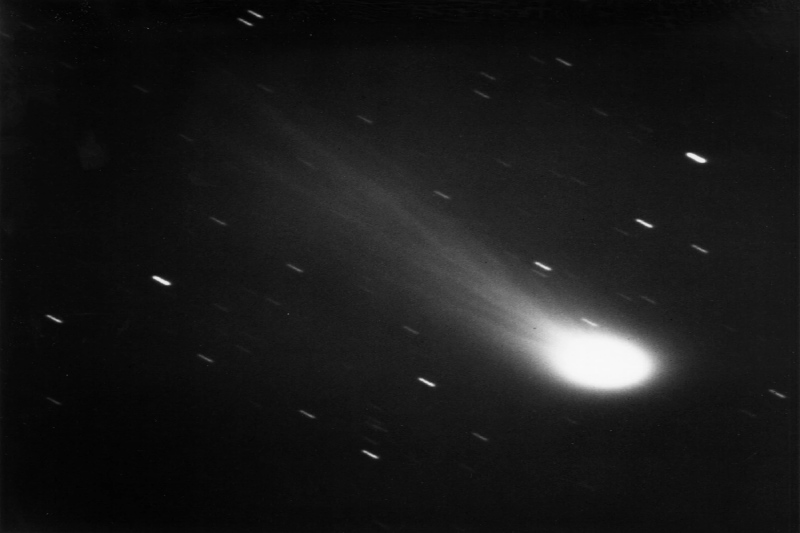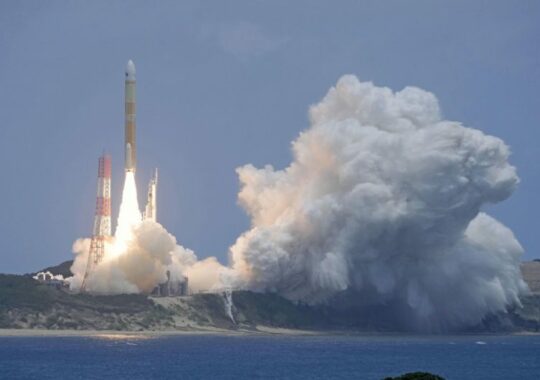Halley’s Comet is ready to turn tail and travel back our way after speeding away from Earth for almost 40 years, paving the way for an amazing close-up in 2061.
NASA predicts that on Saturday, December 9, the well-known comet will aphelion, or reach its furthest point from the sun, at a distance of roughly 35 astronomical units (AU), or roughly 35 times the distance between Earth and the sun. This places the comet close to Pluto’s front yard, which circles at around 39 AU, and well beyond Neptune’s orbit.
This marks, in a measure, the halfway point of Halley’s standard 76-year orbit around the sun. The comet has been traveling millions of kilometers away from Earth every day for the past 38 years or so; the next 38 years will see it approach Earth.
According to NASA, Halley’s closest approach to the sun, or perihelion, occurred on February 9, 1986, when it flew to within 54.6 million miles (87.8 million km) of the star. This is equivalent to 0.58 AU from our star or slightly inside Venus’ orbit. Since 2003, when it grew too small and dark to be visible, astronomers have not spotted the comet at all.
Ice and dust spheres known as comets revolve around the sun. The most distinctive feature of these celestial bodies is their “tails,” which are created when solar radiation vaporizes ice particles within the comet’s body, releasing a torrent of gas and dust in its wake.
The first comet anticipated to reappear in Earth’s skies was Halley’s Comet. Unaware of the comet’s precise nature when he first saw it in 1682, astronomer Edmond Halley called it a “hairy star,” according to the skywatching news site EarthSky.
Halley surmised that all three sightings were repeat appearances of the same object after comparing his findings to comparable sightings that were documented in 1531 and 1607. Halley was correct when he predicted that the object would reappear in 1758. Despite never being able to verify his predictions, Halley passed away in 1742, but later researchers named the comet after him.
On July 28, 2061, Halley’s Comet will have its next close encounter with the sun. Till then, twice a year there are two meteor showers connected to icy remnants of the comet’s previous orbital passes across Earth that offer a glimpse of the “hairy star’s” glittering legacy. The Orionid meteor shower in October and the Delta Aquariid meteor shower in May happen when remnants of Halley’s Comet descend through Earth’s atmosphere and burn up as “shooting stars.”





